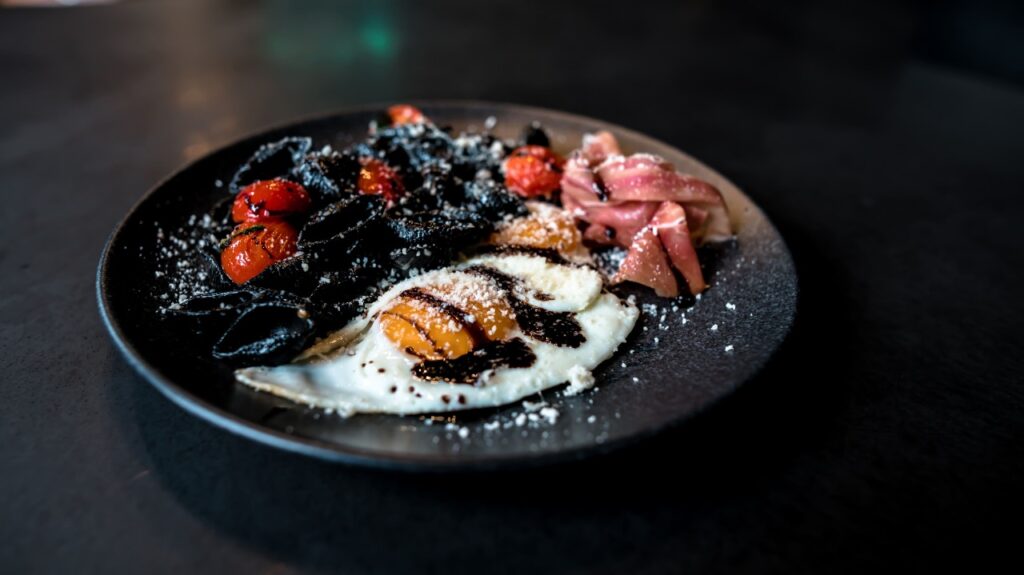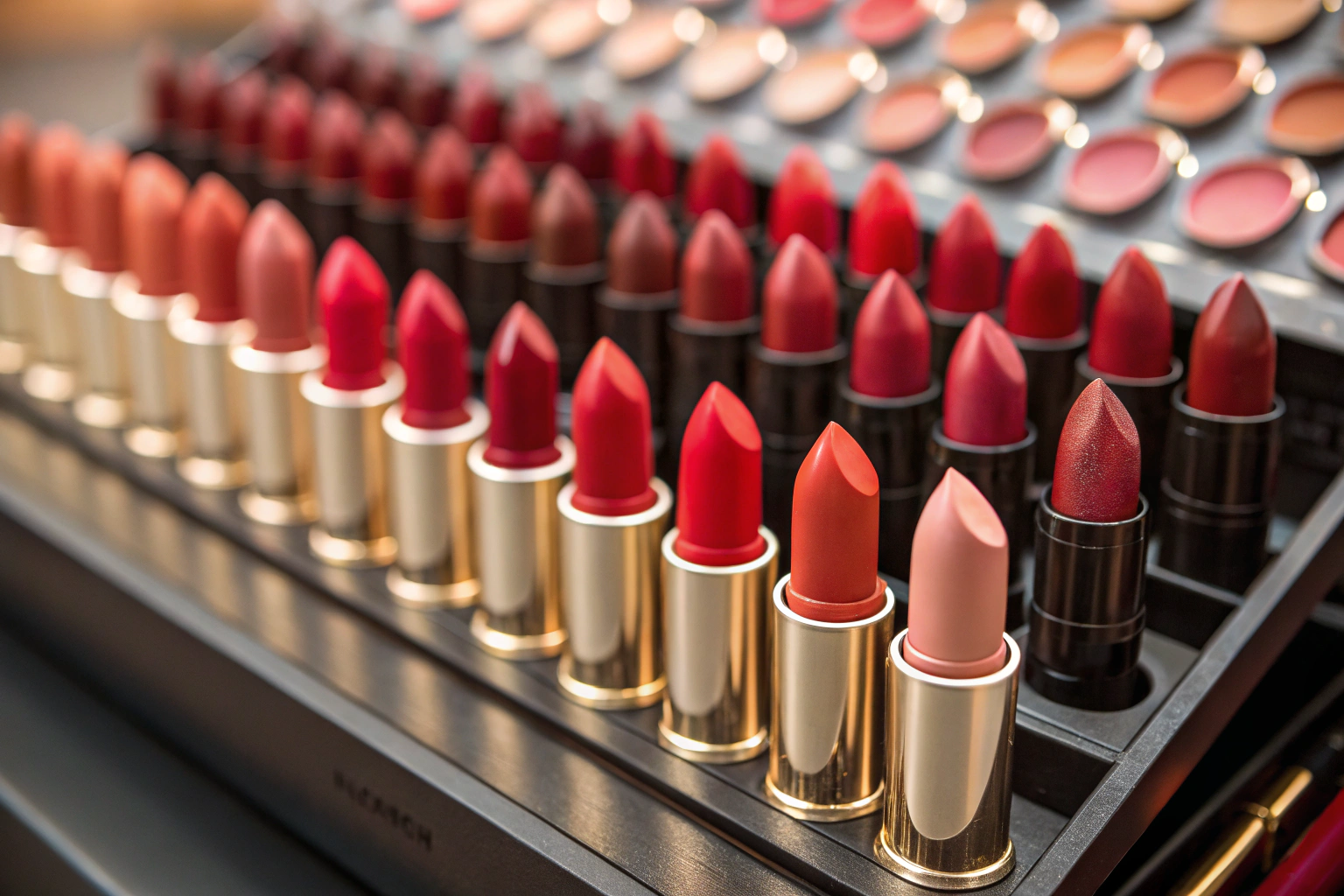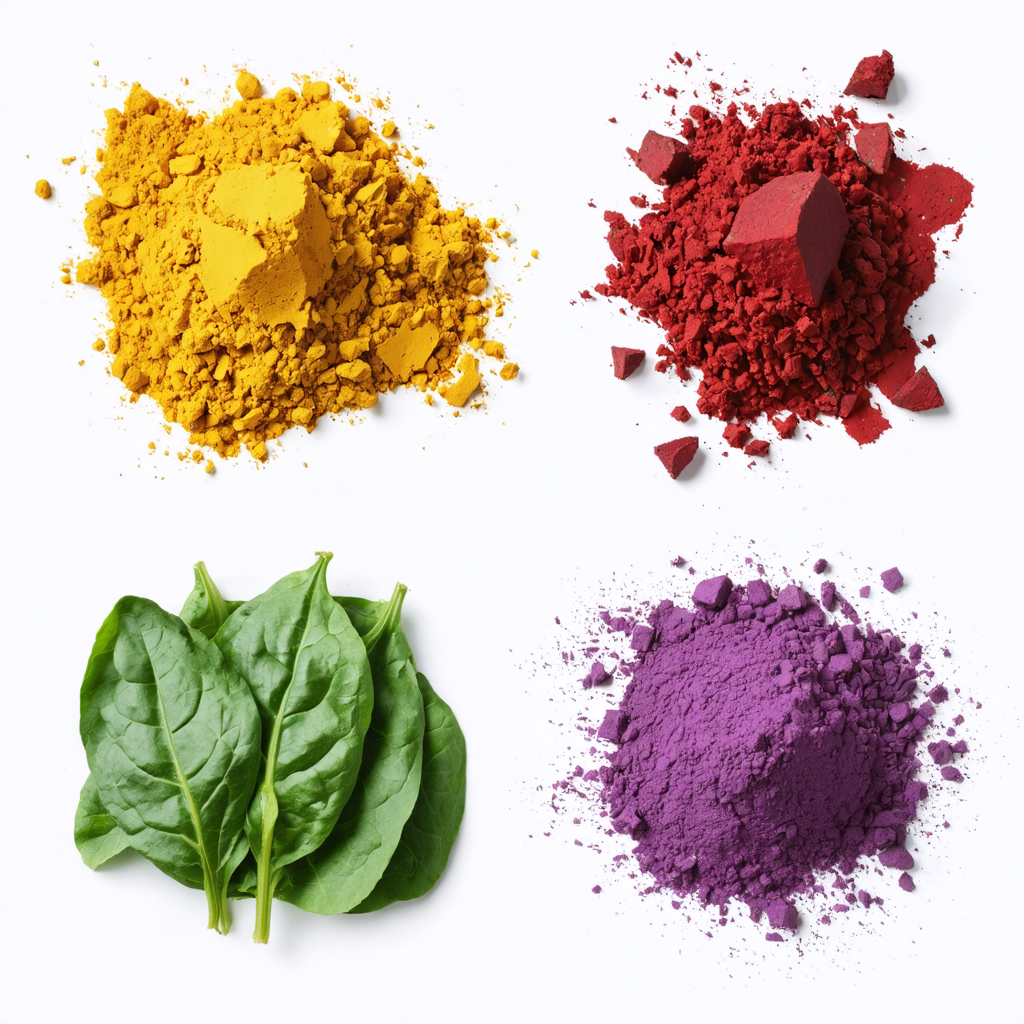E153 commonly known as vegetable carbon. The European Union has given the food additive E153 the approval. In foods and beverages, it serves as a natural coloring additive. Vegetable carbon has the power to bind anything that travels through the digestive tract, including vitamins, minerals, and medications, In general, there are no warnings against eating these kinds of food with E153.
Table of Contents
ToggleIS E153 IS BAN IN US
The use of E153 is prohibit in the US. In Australia, only varieties derive from vegetables are allow.
Examples of food and beverage items that occasionally include E153 include:
- Crystals of jam
- Crystals of jelly
- Liquorice
REASON OF ITS BAN IN USA
If this colour is create using specific production techniques, it is prohibit in the US. Due to the potential existence of polycyclic aromatic hydrocarbons, this choice was made.
HOW E153 IS PRODUCED?
Burning vegetable matter produces E153, while animal charcoal can also be used. E153’s limited application in food and beverage items is due to the fact that it is not soluble in water, But there are limits to use this in food and beverages.
Making process:
This is create with bamboo that has undergone a high-temperature carbonization procedure. Steam activation is use in its making. Vegetable fibres are charre to activate steam. To carry out this operation, raw resources such nutshells, peat, wood, and cellulose are use.
To make them easier to utilise in food, they are crush into tiny particles before being add to glycerin or glucose. This has tiny carbonised vegetable particles in it. Particularly fine carbon black powder is use. Depending on how much is use, it can range in hue from grey to black.
WHAT USE DOES VEGETABLE CARBON SERVE FOR?
Confectionery, bakery goods, decorations, cheese coating, a substitute for black caviar, cosmetics, and medications are a few examples of typical usage.
IT’S MORE BENEFICIAL AS A SUPPLEMENT
At least 30 minutes before and right after meals, 1 gram dose of vegetable carbon have a positive effect. Now think about how bake goods are made; every kg of flour, 15-20 g of vegetable carbon is use, This indicates that it is insufficient to produce positive benefits and it should therefore be use as a supplement. According to the European Commission, “activated carbon helps minimise excessive postprandial flatulence,” in support of the coal-fired power plants. You must have check black bread that contains E153 but it is recommend to use this supplement form.
COMMON USAGE OF E153
Due of its rich black colour, it is rarely use solitary in meals. Specific types of confectionary, including sweets or ice, go well with this colour. However, it can also be employ as a shading agent with other colours, increasing the intensity of the colour.
Common applications for this product include substitutes for black caviar, confectionary, decorations, cheese coating, cosmetics, pharmaceuticals, and bakery goods.
Jam crystals, jelly crystals, and liquorice are a few of the foods and beverages that fall under this category.
Incorporating vegetable ash into Alex Kratena’s Dream to a Dream cocktail at London’s Artesian bar is a great example of using vegetable carbon in beverages.
Want to test sample before buying click here.
Check out more about our natural colors click here.




